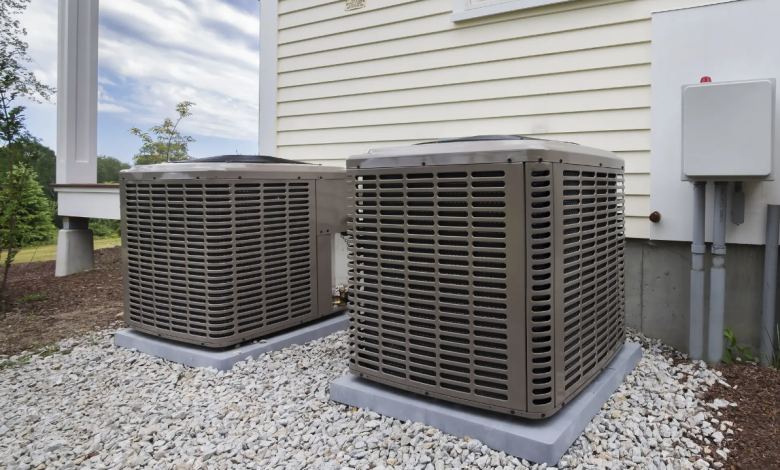Zero emissions cooling technologies, the key aspects
New data for heating and cooling technologies in Europe
(Sustainabilityenvironment.com) – About half of the energy currently consumed in Europe is used for space heating and cooling technologies. And most of it is made from fossil fuels. Consequently, increasing the use of renewable sources in the sector can make a significant contribution to the decarbonisation of the energy system, bringing the EU targets for 2030 and 2050 closer together. To put this into practice, the European Commission has recently published four new studies on the subject.
The European Union – writes the Commission – is already facing the decarbonization of air conditioning “through various legal instruments, in particular through the directive on renewable energy. However, progress in national and Community policies in this area is often hampered by a lack of solid data and a lack of knowledge of market specificities and regulatory frameworks. All elements are necessary to develop economically advantageous decarbonization routes and measures”.
The new studies aim to fill this gap by deepening key aspects of cooling and heating technologies. The documents offer policy recommendations, consumption data, regulatory frameworks and a detailed overview of cooling technologies.
n this latter area, today the market is dominated by steam compression electrical systems, which employ the circulation of liquid refrigerants to absorb and remove heat. Every new solution on sale must be able to compete, therefore, with the technical and economic characteristics of these plants. For the period 2020-2030, the European Commission has identified potentially emerging cooling technologies, with a TRL level from 5 onwards. These are: compression compression refrigeration of transcritical steam, vapor + photovoltaic compression, absorption refrigeration with solar thermal, absorption refrigeration with waste heat, heat pump, cold recovery in air/roof treatment units, cold recovery in building panels, free cooling (free cooling) direct and indirect, use of a natural cold/exhaust source, evaporative cooling, (direct, indirect, or mixed) and central cold rooms.
Overall, important indications emerge. A central aspect of the decarbonization of air conditioning is to establish clear objectives and plans at national, regional and local levels regarding the most economical and sustainable resources and solutions and how to implement, finance and maintain them. “This is crucial to coordinate the many stakeholders involved in heating and cooling systems, including end-users such as occupants/owners of buildings and industries, energy suppliers and service providers, system operators, and equipment, installers, architects, engineering and municipalities. Designers should take into account the need for coordinated action, not only in the H&C offer but also on the demand side. Among other things, adequate planning should cover the availability of energy resources, the total cost of the energy system, a level playing field with existing fossil-based options, the contribution to the flexibility of the energy system, and sustainability”.
EU studies:
Policy support for heating and cooling decarbonisation
Renewable space heating under the revised Renewable Energy Directive
District heating and cooling in the European Union
Renewable cooling under the revised Renewable Energy Directive






